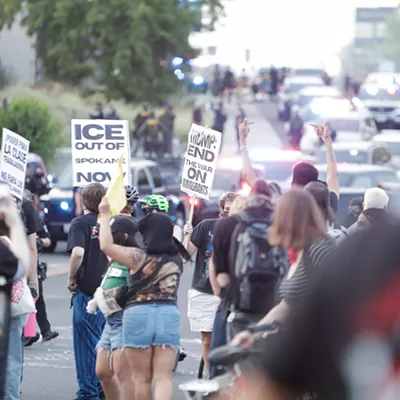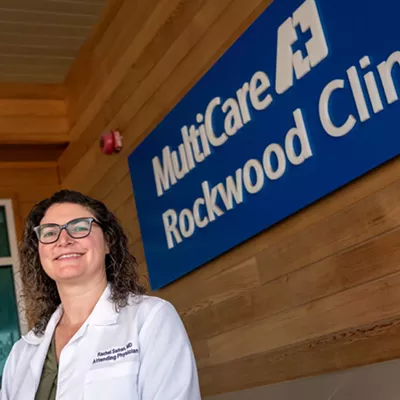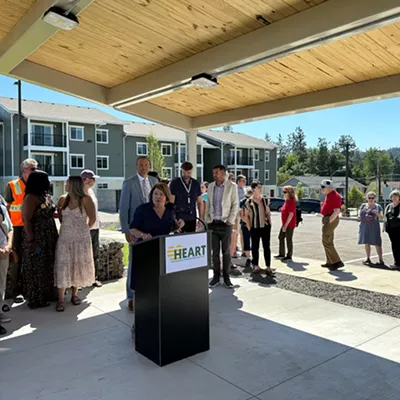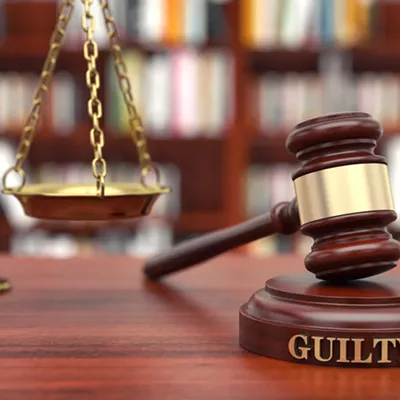But now, the government -- ignoring accelerating threats to bears and their habitat -- is taking steps to "de-list" the grizzlies and remove Yellowstone bears from federal protection. The threats to the grizzlies fall into two categories. The first are threats to their habitat, coming from urban sprawl and over-development of private lands, oil and gas drilling, clearcutting forests and roadbuilding, off-road vehicle use (dirt bikes, snowmobiles, and 4-wheelers) and highway expansions. The second category is in threats to their food sources, which are large hoofed animals like bison and elk, cutthroat trout, whitebark pine seeds and army cutworm moths, which together comprise about 80 percent of the animals' diet.
The Sierra Club Grizzly Bear Project outlines some specific steps necessary to achieving long-term recovery of the species:
1. Expand the recovery areas and the migration/linkage corridors on public lands (around Yellowstone and to potentially include the Selway-Bitterroot Wilderness Area in Idaho and/or Clearwater River country, like the Great Burn and the Clearwater National Forest).
2. Connect Yellowstone grizzlies to other grizzly populations.
3. Protect remaining wildlands, like roadless areas in the national forests.
4. Restore important but degraded habitat.
5. Further involve the public in the process.
6. Expand efforts to reduce bear-human conflicts, through sanitation and public education.
& & Chase C. Davis -Sierra Club representative, Spokane & & & &
After five weeks of counting ballots and dozens of legal challenges, the 2000 presidential election has finally ended, as George W. Bush had enough electoral votes to be elected.
Through it all, the media has trumpeted long and hard that Al Gore won the popular vote. In point of fact, nobody won a majority of that vote this time nor has anyone since W's dad in '88. Of all the 53 presidential elections prior to this one, 12 times (or about one in four) has the winning candidate not won a majority, because more people have been voting for someone else than the winner.
Among those who won election despite having more Americans vote for somebody else were Abe Lincoln (1860), Woodrow Wilson (1912), Harry Truman (1948), Richard Nixon (1968) and Bill Clinton (1992 and 1996). Even John Kennedy was edged out in 1960, the closest race besides the current one in modern times.
And that doesn't count the 1796 and 1800 elections, in which no accurate count of popular votes were tallied, but because of the close races, it's likely that no candidate won a majority of the vote back then either.
As much as some of us want to admit that either Bush or Gore was a clear cut winner among the American electorate, neither can do so. If one looks at a map of the states and counties won by Bush and Gore, it's evident that Gore's strength was in the large urban centers of the nation, but he couldn't carry enough of the rest of the country to prevail in the Electoral College.
Our presidential electoral history shows that we have 1 in 4 odds that the popular vote will be so close as to have no majority winner, and that may not be a bad thing. This means we are unlikely to ever have a totalitarian party or person dominate the executive branch, as has occurred in many other so-called republics. We must assume that our founding fathers would be pleased.
& & Dale Roloff - Spokane, Wash. & & & &














